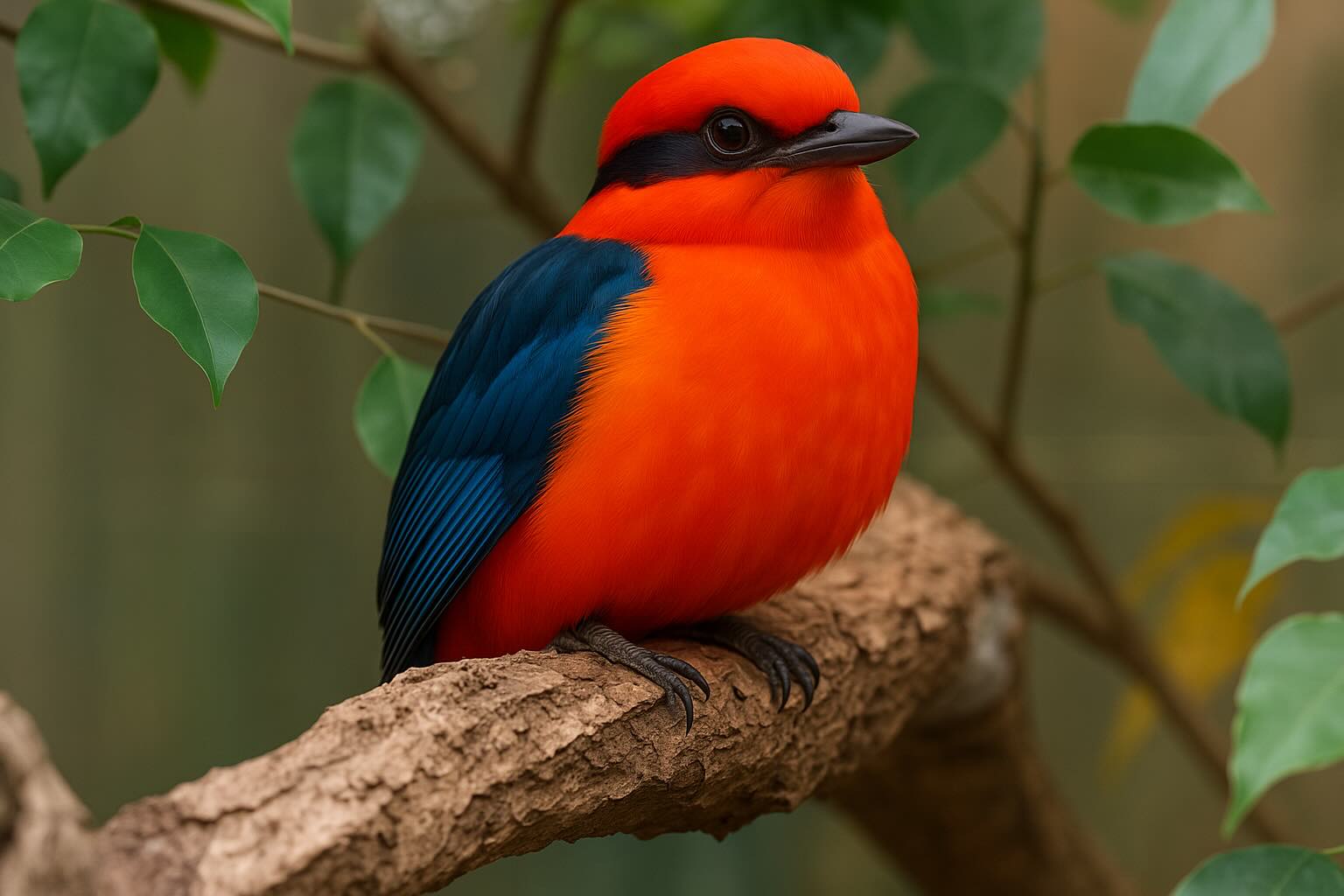For more than a century, the night parrot was a bird of rumor in Australia’s deserts — whispered about, rarely seen, and often dismissed as extinct. Small, green-and-yellow, and active only under cover of darkness, the species is notoriously difficult to study. But a recent project on Ngururrpa Country in the Great Sandy Desert has given scientists and Indigenous rangers their clearest picture yet of how this near-mythical parrot survives.
The three-year study, running from 2020 to 2023, asked three straightforward questions: Where do night parrots live? What threatens them? And what can people do to protect them now?
Listening in the Dark
Rather than waiting for chance encounters, rangers and researchers turned the desert itself into an open notebook. Rugged, weather-proof recorders were placed across dozens of sites. The parrot’s distinctive calls — some likened to a ringing telephone, others to a bell — became audio fingerprints that revealed its whereabouts.
When calls were logged, the team deployed camera traps to track predators and collected scat to see what those hunters had been eating. Decades of satellite fire imagery added another layer: how often flames swept through the same landscapes.
Ecologist Nick Leseberg, from the University of Queensland, says the soundscape offered both relief and confirmation. “We were hearing them at multiple sites — enough to say this isn’t just a stray bird passing through.”
A Habitat Measured in Grass
Recordings showed night parrots at more than half the survey sites. Follow-up work revealed the birds roosting in thick domes of mature bull spinifex — clumps that take years to form. Sparse, young spinifex won’t do. Once those older plants are gone, shelter is lost for decades.
That fragility makes fire a double-edged sword. Lightning and heat already drive natural burns across the desert. When fires return too quickly, they prevent the spinifex from reaching the dense, protective stage parrots need. Researchers say planned, cooler burns could create a patchwork of breaks, reducing the chance of one major blaze wiping out roost sites in a single season.
Predators, Friends and Foes
The cameras told another story. Dingoes were common near parrot habitat, but analysis of their droppings suggested they were doing more good than harm. Feral cats — a much deadlier threat to ground-nesting birds — turned up frequently in dingo scat. By preying on cats or keeping them on the move, dingoes may be shielding parrots from their most dangerous enemy.
For conservation managers, that means a blunt rule: reduce cats without reducing dingoes. Tip the balance the wrong way, and young parrots will pay the price.
Counting a Rare Bird
How many parrots are out there? Based on calls and group sizes, the team estimates around 50 individuals in this part of Ngururrpa Country. That may sound small, but for a species with only a handful of confirmed records nationwide, it marks the area as a stronghold.
Stronghold doesn’t mean safety. A single bad fire season, poorly designed predator control, or new disturbances like vehicle tracks or invasive weeds could quickly undo the gains.
What Works, What’s Next
The recipe for survival is clear but delicate. Fire management should be led by rangers with deep local knowledge, supported by satellite mapping. Predator programs should avoid targeting dingoes, since they appear to be allies. Grazing and heavy disturbance should be kept out of sensitive areas.
Looking ahead, genetic sampling from feathers and tiny tracking tags could give sharper population counts and reveal how far the birds fly at night in search of food.
For many, the night parrot has symbolized mystery. Now it also symbolizes what collaboration can deliver. Indigenous rangers and scientists working together have shown the bird’s needs are specific but not impossible: old spinifex, careful fire rhythms, and a predator balance where cats don’t dominate.
The lesson is simple: when science listens and the land is respected, even a bird once thought lost can still be given a chance.
